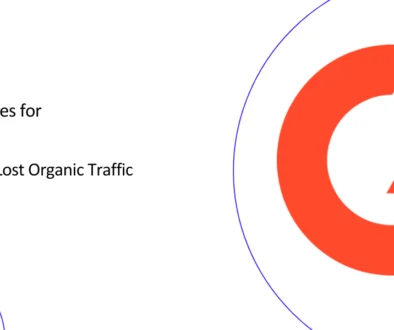What are Single Directory Components (SDC): Drupal 10 Theming
In today’s blog post, we’ll explore the benefits and implementation of using Single Directory Components, also known as SDC, in Drupal 10. Towards the end of this blog post, I have included a fictional short case study of a SaaS company to help you understand the concept of Single Directory Components better. So, let’s dive in.
What are the Single Directory Components?
Single Directory Components (SDC) is a theming feature in Drupal 10 that uses a component-based architecture. It allows developers to create reusable UI elements like buttons and forms, stored in a single directory with all their necessary code (HTML, CSS, JavaScript) and metadata.
Why Use Single Directory Components?

By building reusable and modular pieces of your website’s UI, such as buttons, links, or any repeated element across multiple pages, you can simplify theming process by eliminating the need to write repetitive CSS or HTML, and streamline JavaScript functionality for a more maintainable and minimal codebase. The Single Directory Components come in handy when it comes to theme maintenance as it reduces repetitive code and promotes a more organized and scalable website.
How to Get Started with Single Directory Components?
To leverage Single Directory Components in your Drupal site, ensure you’re running Drupal 8.0 or higher. Navigate to the Single Directory Component module within your admin panel and enable it. This module facilitates the development of a theme using a component-based structure.
Creating Your Theme with Components

Once the module is enabled, you’ll embark on creating your theme. This process involves organizing your theme’s elements into components, potentially categorizing them as atoms, molecules, organisms, and templates for better organization.
Each component must include two essential files: component.component.yml and mycomponent.twig. The .yml file can be empty initially, but it’s crucial for defining the component’s metadata. Additionally, your component can contain other assets such as CSS, JavaScript, or images to enrich the functionality and aesthetics of your theme.
Implementing Components in Your Theme
After setting up your components, it’s time to integrate them into your theme. For example, if customizing the appearance of tags, you’d create a component specifically for tags. This component would consist of a Twig file (links.twig) defining how the tags are displayed.
When integrating this component into your theme, you’ll use the include statement in your Twig templates to incorporate the component wherever needed, passing necessary variables like link URLs and text.
Compatibility and Enhancements
While Single Directory Components offer a promising approach to Drupal theming, it’s worth noting their experimental status and some limitations, such as compatibility issues with Windows. However, patches are available to address these challenges and enhance functionality, including support for JS and CSS files within components.
How a SaaS Drupal Website Can Use Single Directory Components? A Short Case Study
Problem
Evergreen Inc., a SaaS company offering project management tools, faced challenges maintaining their web interface. Their UI consisted of repetitive elements like buttons, forms, and progress bars scattered across numerous pages. This redundancy led to inconsistencies in styling and functionality, requiring developers to modify code in multiple locations for even minor changes. This inefficiency slowed down development and increased bug risks.
Solution
Evergreen implemented Single Directory Components (SDC) in their Drupal theme. This component-based approach allowed them to create reusable UI elements. Buttons, forms, and progress bars became independent components with dedicated code in a single location. This simplified maintenance and ensured consistent styling across the entire website.
Benefits
Using SDCs, Evergreen streamlined their development process. Developers could modify UI elements by updating the central component, automatically reflecting the changes across all pages. This not only saved time but also reduced the risk of inconsistencies. Additionally, SDCs improved the maintainability of the codebase. A clean, modular structure made it easier for developers to understand and modify the code, fostering better collaboration and faster bug fixes.
Conclusion
By embracing Single Directory Components, Evergreen achieved a more efficient and maintainable UI. This not only improved development speed but also ensured a consistent and user-friendly experience for their customers.
Contact Manmash Consulting
For more tips on leveraging Drupal to its full potential, don’t hesitate to reach out to me, Manzar Mashhood on my Linkedin for professional guidance in optimizing your Drupal web development projects. Happy theming!
You can also contact me on my Whatsapp: +923331200550




